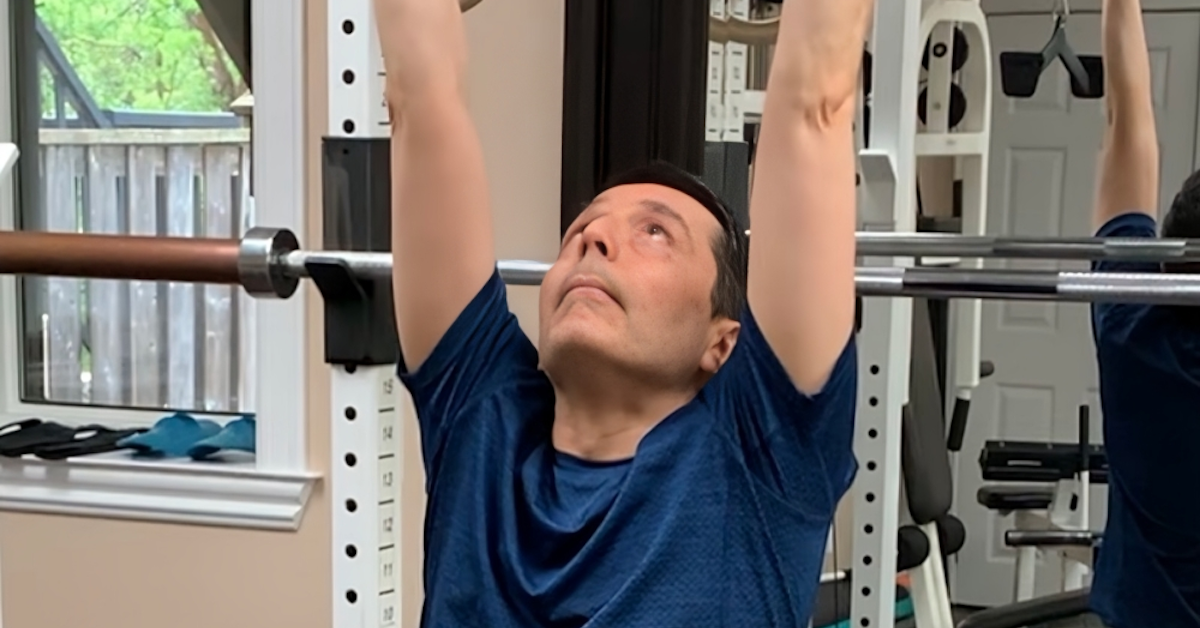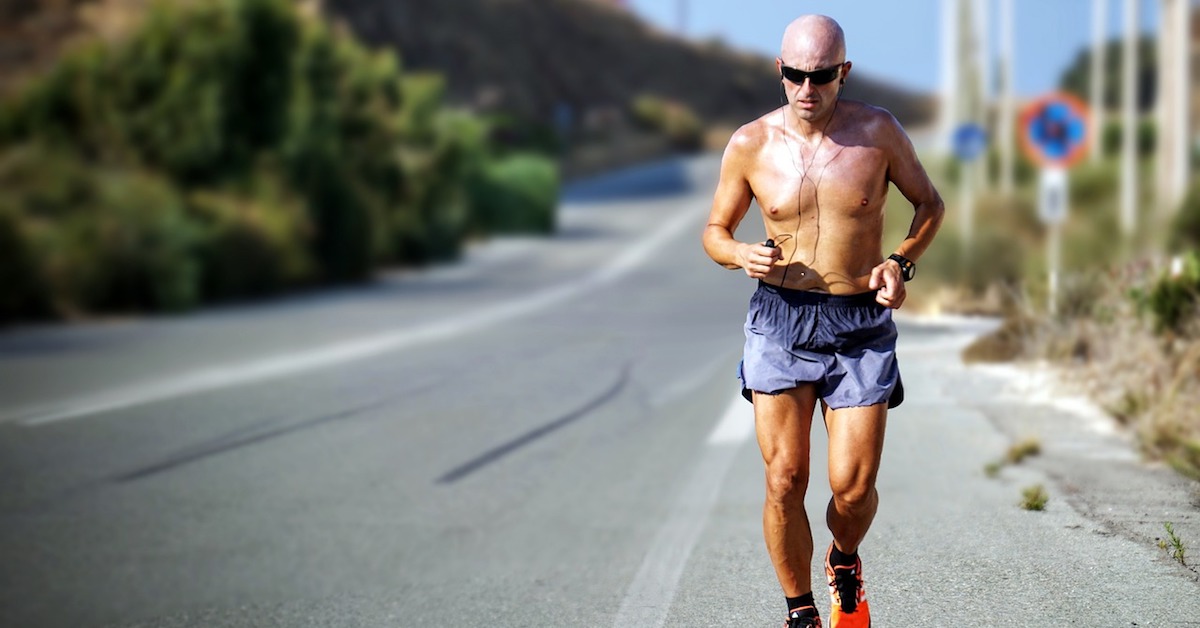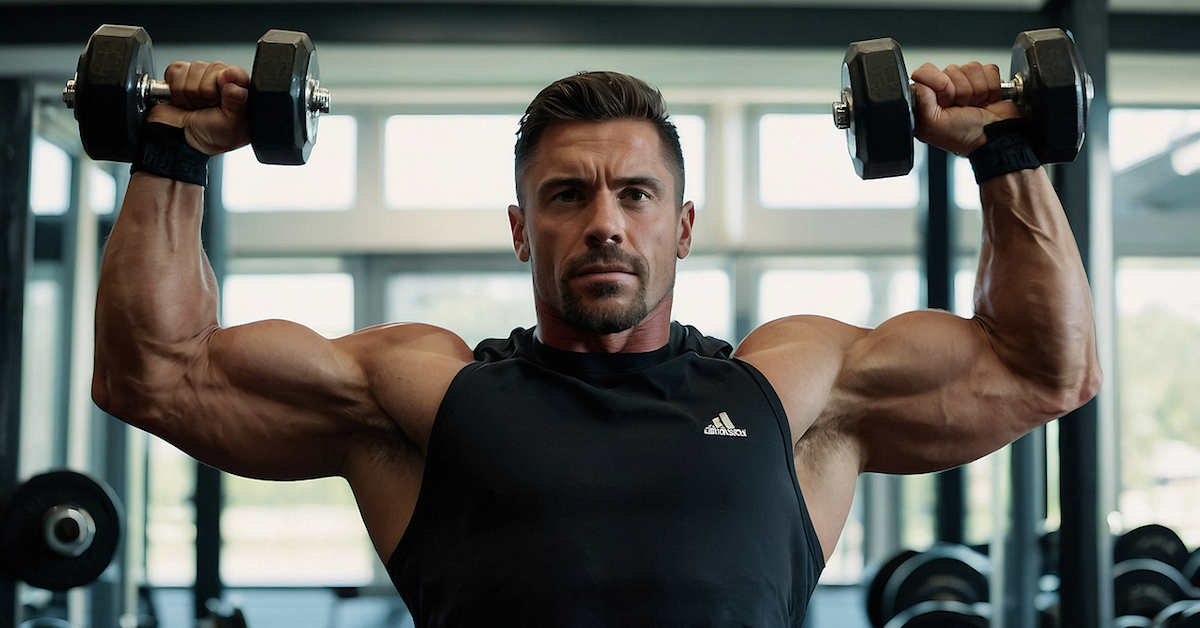If there’s ever a time not to draw in your navel, it’s during exercise. In fact, this practice should be abandoned altogether unless used for specific rehabilitation purposes. “Sucking in your gut” shifts emphasis away from the working muscles in most gym movements and can actually lead to injury.
Yes, keeping the core tight is essential during exercise, but overemphasizing the transversus abdominis (TVA)—the deep abdominal muscle that acts as an internal girdle—can negatively impact performance in movements like squats and deadlifts. The recommendation to activate the deep abdominal wall was well-intended, but extrapolating rehab-based methods from low-back pain patients to healthy individuals is flawed logic.
Why Hollowing Hinders Performance
Hollowing inhibits muscle function rather than enhancing it. Consider this example:
- In a leg curl, pointing the feet away (plantarflexion) reduces the weight you can lift because it shortens the gastrocnemius, preventing it from generating force effectively (Croce et al., 2000).
- Similarly, fully contracting the TVA throughout any movement inhibits stability rather than improving it. Instead of naturally stabilizing the spine with multiple abdominal and torso muscles working together, hollowing forces you to use less weight and increases the risk of injury.
And it’s not just the spine at risk—hollowing can compromise shoulder mechanics, too. According to Paul Chek, fixating the scapula during lat pulldowns or rows alters biomechanics and increases the risk of issues like impingement syndrome, capsular laxity, and tendonitis. The same principle applies to abdominal hollowing—restricting one link in the system creates dysfunction elsewhere.
The Case for Abdominal Bracing
Early in my career, I experimented with the abdominal hollowing approach with clients. The feedback was almost universally negative—many reported discomfort, difficulty breathing, or a sensation of their lungs being pushed into their throat when squatting or deadlifting. The body doesn’t lie—if something doesn’t feel right, don’t do it!
Renowned spinal biomechanist Dr. Stuart McGill makes a clear distinction between abdominal hollowing and bracing:
- Hollowing (drawing in the navel) was originally developed as a motor re-education technique for low back pain patients—not for enhancing performance in healthy individuals (McGill, 2001).
- Bracing, which involves activating all three layers of the abdominal wall (external oblique, internal oblique, and TVA) without drawing in, is far superior for spinal stability.
McGill’s advice? Brace your core as if you’re about to take a punch—but don’t suck it in! Once I switched to bracing, client complaints disappeared, and performance skyrocketed.
Push Out, Don’t Suck In
Legendary strength coach Charles Poliquin once said:
Why rob the neural drive from the extensor chain by drawing in the navel during squats or deadlifts?
Elite powerlifting coaches Louie Simmons and Dave Tate echo this sentiment—if you want to increase core stability, do the opposite: push your gut out!
- John Casler, a low back specialist, explains that abdominals can’t push out on their own—instead, they are pushed outward by intra-abdominal pressure (IAP).
- This creates a rigid torso, providing greater spinal stability under heavy loads.
- Interestingly, kids naturally push their stomachs out when lifting objects off the ground. Their instincts are right!
Despite overwhelming evidence against it, many trainers still endorse abdominal hollowing in virtually every movement. The problem? Once you’re in too deep, it’s hard to get out!
In Lessons from the Miracle Doctors, Jon Barron compares this to the American Dental Association’s historical support of mercury amalgam fillings:
If you’re in for an inch, you’re in for a mile.
The same applies here. Some fitness professionals would rather stick to outdated advice than admit they were wrong.
The decision is yours.
Tomorrow, we’ll discuss why you don’t want the core to be “soft” while lifting and the proper breathing techniques for strength training.

Leo’s Chin-Up Journey (Day 1): From Zero to Hero
Can’t Do a Chin-Up? Neither Could Leo… But That’s About to Change. Leo started training with me back in September.

The Interference Effect: How to Maximize Strength and Endurance Gains
When it comes to fitness, many people strive to improve both strength and endurance. However, combining resistance and endurance training

How to Fix Lagging Body Parts: Proven Training Strategies
If you have a muscle group that refuses to grow, you have two options: Let’s break down both strategies and
follow
Error: No feed with the ID 2 found.
Please go to the Instagram Feed settings page to create a feed.
